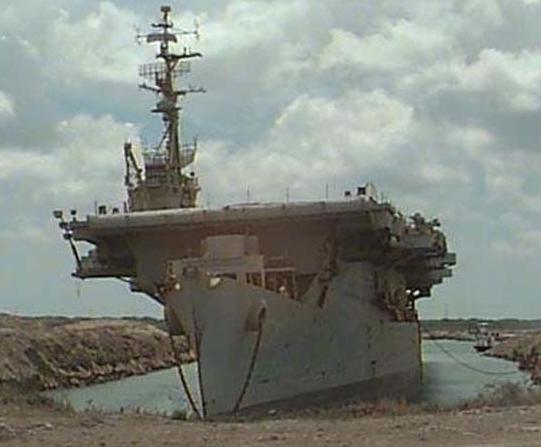
Take a deep breath, and then do a quick 10 year review of all the "re-capitalization" speeches/excuses you have heard. Now, accept that it is 2008 and ask yourself, who is accountable?
Basically, the Navy brass are in a bind: The budget is tight, programs are behind schedule and they're trying to avoid sinking the fleet's total of battle-force ships below today's 279 hulls.None of this should be a shock to anyone, really. You reach a time where you can't simply put another coat of paint on it and hope it breaks on some other guy's watch - the intentional neglect and the high cost of deferred maintenance shows its ugly head. Happy Talk and fudging to the optimistic side only works for a short time.
So the Navy asked Congress to waive current law, which requires 11 carriers to meet wartime needs. (And that minimum was 12 active carriers until last year. . . )
This dispensation would let the Navy retire CVN-65 Enterprise, which at age 50 is past its service life, three years before CVN-78 Gerald R. Ford joins the fleet.
The admirals want to prevent new shortfalls in their shipbuilding budget by avoiding a $2.2 billion price tag to keep Enterprise "operational" (on paper, anyway) to meet the letter of the law.
...
A failure to adequately maintain our carrier fleet will embolden potential adversaries. More than one historically great naval power became a shadow of its former self - much to its detriment.
Nice work by Peter Brooks at the NYPost. You cannot ignore the truth of your responsibility - it will always come out in the end. It is true with the SN who are in charge of needle guns, and it is true with the senior leadership who are responsible for an affordable, effective, and buildable Fleet. Credibility does not come from an inexhaustible supply, how much has been thrown over the stern, and how much is left?
Hat tip Mike or Tim.









No comments:
Post a Comment